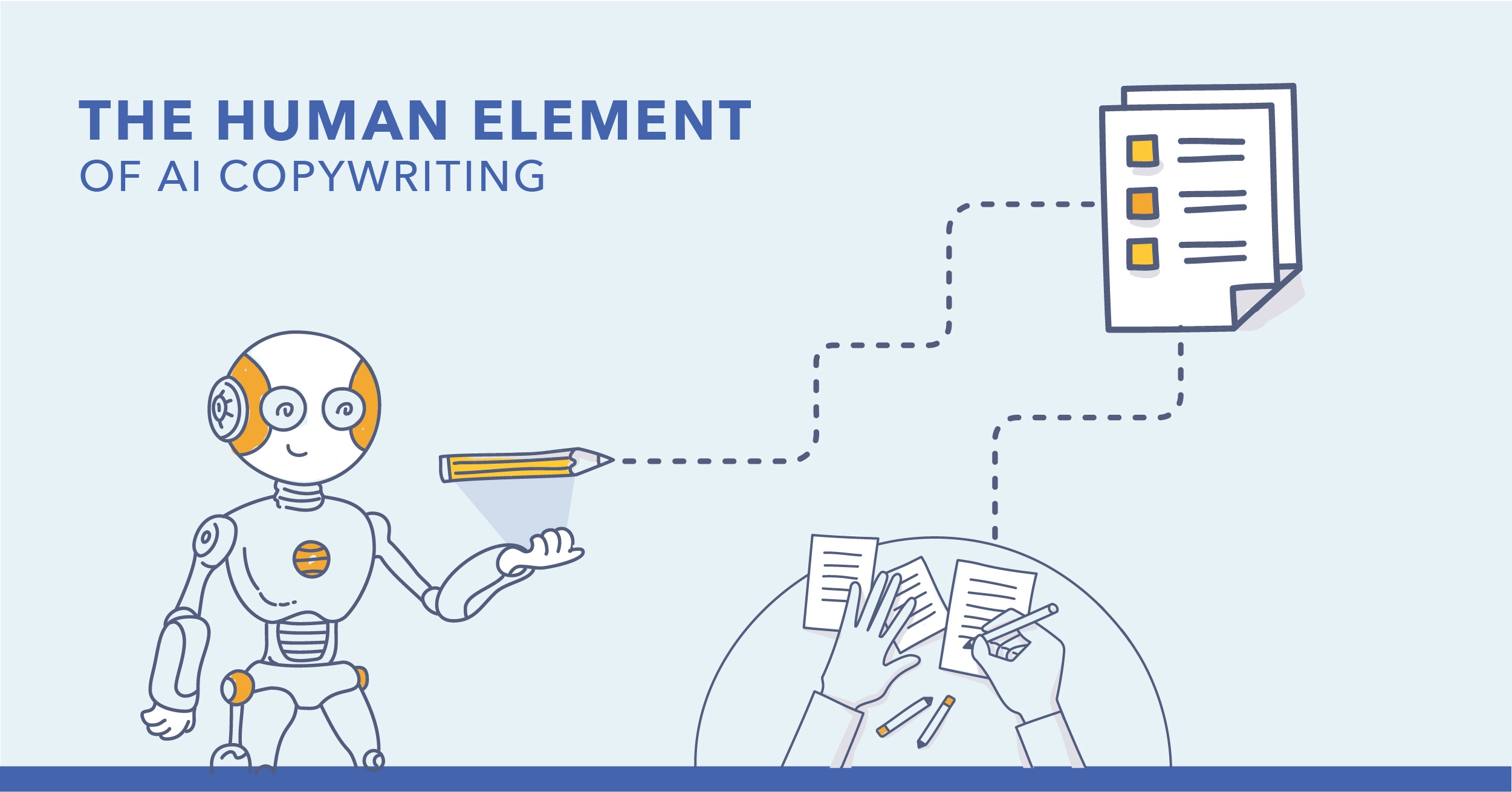As part of my role, I get to hear about what frustrates enterprise SEOs every day.
Some of our clients complain about their struggles while chasing the ever-changing Google’s algorithm. Others grumble about having to deal with so much red tape within their organizations.
Nearly everyone admits, however, that this one issue in particular is the most irritating:
Having to wait weeks or even longer for the IT teams to complete technical SEO requests.
Let’s face it: almost all technical teams delay with completing the SEOs requests.
The main reason? Technical IT debt.
Given the problem’s severity, I decided to tell you more about the concept of technical debt. We will discuss its root cause and how it affects SEO. Then, I’ll share with you a framework to help you overcome technical debt.
What is Technical Debt?
The term technical debt refers to technology-related challenges that hinder an organization’s technical development or related projects.
In its simplest form, technical debt may result in delays in product development and long waiting times before IT teams are able to focus on new projects. Some of its symptoms include failing to meet deadlines on important projects or exceeding the budget.
In more severe instances, however, the technical debt could result in lost revenue, increased costs and the inability to address the needs of the growing market.
Unfortunately, no organization is free from technical debt. As a matter of fact, the longer an enterprise has been online, the larger its debt.
Technical debt occurs due to a variety of factors:
- Legacy or out-of-date systems might limit the IT team’s ability to innovate and implement new solutions.
- Rigid workflows that hinder their abilities to approach technical issues differently.
- Lack of documentation, resulting in time wasted figuring out how various website functionality works.
- Poor website architecture, restricting an IT team’s opportunities for implementing new solutions.
How Technical Debt Can Affect a Brand
Remember what I said about the severity of technical debt? Every enterprise organization has it. No exceptions.
Depending on how big their debt is, it can hinder their progress on so many levels. For example:
Brands suffering from severe technical debt find themselves unable to innovate.
Innovation is key to today’s market leadership.
A study by a research firm, Lab42 discovered that 84% of customers prefer brands that seem innovative.
With technical debt though, companies find it impossible to pursue new opportunities. More often than not, they can’t implement technical solutions that could speed up getting information to the market.
Many brands have faced this issue when trying to respond to the growing needs of mobile customers. Their legacy content management systems, for example, proved inefficient to implement responsive designs or AMP pages.
Technical debt limits the opportunity to adapt.
Technical debt also prevents organizations from altering their setups to serve customers better. Moving to mobile designs and implementing schema markup are just some examples of that often prove impossible to implement within the existing technical structures.
The result is missing out on great opportunities to engage the target audience.
Technical debt limits an organization’s hiring potential.
Many new IT specialists have no interest in working on or maintaining legacy and outdated systems. Given the number of other employment opportunities they have, it’s no surprise that many companies struggle to hire IT talent.
And, finally, technical debt boosts a company’s costs while reducing the revenue too.
Maintaining legacy systems, plagued with technical debt, can accrue a significant cost to a company. Not to mention that not being able to avail of new technological advancements can result in losing potential revenue.
What’s more is that it gives away opportunities to competitors who don’t struggle with similar technical debt issues.
How Technical Debt Affects SEO
To understand this issue, let’s analyze some of the more practical causes of technical debt.
Technical debt often occurs as a result of rushing through projects too fast. To meet their deadlines, IT teams utilize quick fixes instead of developing solutions that could benefit the organization in the long-term.
Such an approach results in plucky systems, with many of its aspects hindering SEO.
At the same time, IT teams lack the buy into SEO. Many of them fail to see issues with meta-tags, canonical tags or site speed in the context of their goals. As a result, they put little attention to those.
A lack of communications between both teams, SEO and IT, also results in such challenges.
Finally, companies often lack the standard operating procedures defining how SEO changes or new ideas should be implemented on the website.
If you’ve been struggling with technical debt, here’s a simple 3-step plan to help you conquer it.
Solving Technical Debt
In my experience in working with enterprise organizations, I’ve determined the following three actions to help overcome technical debt.
Step 1. Advocating the SEO throughout an organization.
We’ve talked about the issue of evangelization of SEO a lot here on the blog already - and with good reason. Only when you bring everyone together can you maximize the opportunity to scale SEO. You also limit wasting precious resources – time and money – while increasing the consistency of your effort.
To achieve it, you need to make a case for SEO in your company. Showcase how increasing search visibility will help achieve its goals.
One of the most effective ways for that is ongoing training and evangelization to raise awareness about technical debt for SEO.
Also, develop standard operating procedures that define everyone’s involvement in implementing or overcoming technical SEO issues.
Step 2. Start paying off the technical debt with the easiest tasks.
Before you are able to move forward, you need to reduce the existing debt regarding SEO.
Personally, I’ve always recommended tackling the easiest issues first. Conduct an in-depth site audit to identify usability errors or crawlability problems. In most cases, they will relate to page speed, broken links on pages, or wrong redirects.

Screenshot from seoClarity's Crawl Audit reports.
Rate them by severity and complexity and forward to technical teams to tackle.
Step 3. Reduce the most impactful debt.
What remains after you’ve completed the step above are complex issues requiring a long-term focus from many teams. A lot of those issues would also require reworking numerous sections of the site.
They might include updating the content management system (CMS), adding or updating the internal search engine and reworking the taxonomy. In the image below, you'll see the on-page issues dashboard that ranks issues on your site from most important to least important, and also where your issues are concentrated. Tackling the highest concentration of issues first could be more impactful than targeting the issues that have lower concentration.

Screenshot from seoClarity's Crawl Audit reports.
The reason why I’ve left those for the end is that they often require updating internal workflows between teams.
Conclusion
Technical debt limits a company’s ability to innovate, adapt and grow. Similarly, it often prevents SEO teams from maximizing various opportunities.
In this post, I’ve explained why technical debt happens and expressed the importance of collaboration between SEO and IT teams in your organization. Now, you’re equipped with a simple framework to eliminate technical debt, particularly for your own work.







Comments
Currently, there are no comments. Be the first to post one!